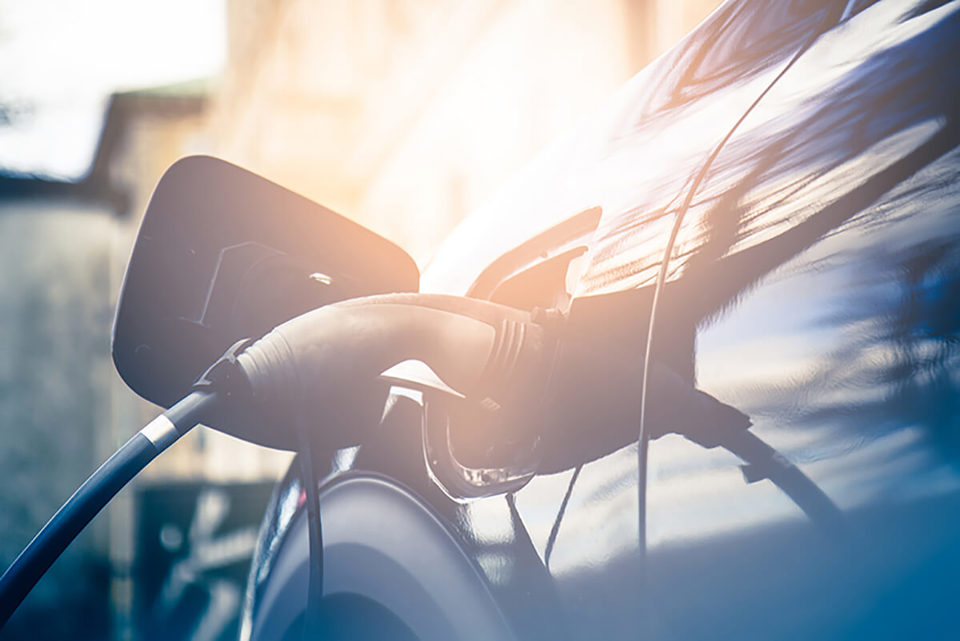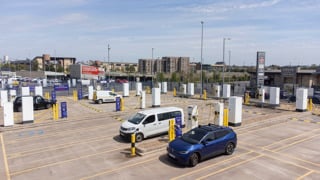The Mitsubishi Outlander plug-in hybrid has extended its lead over the Nissan Leaf as the most popular ultra-low carbon car or van on the road.
Analysis of the latest DVLA figures by the RAC Foundation show that at the end of Q1 2016 there were 19,945 plug-in hybrid Outlanders licensed in the UK. This compares with 16,100 at the end of Q4 2015.
The pure battery-electric Nissan Leaf stands at 12,469.
In third place was the BMW i3 (4,065) which is available with a choice of drive trains: pure battery electric or a range extended version (where a petrol internal combustion engine is used to recharge the battery on long journeys).
The i3 is followed by the Renault Zoe (3,918) and the Tesla Model S (2,826), both of which are pure battery-electric.
The two cars with the fastest growing sales – in percentage terms – were the Volvo XC90 T8 Twin Engine plug-in hybrid (up 1,400% quarter on quarter to 561) and the Mercedes Benz C350 e (up 200% to 1,898).
In total there were 58,469 plug-in grant eligible vehicles on the road at the end of Q1 2016, 10,549 more than at the end of the previous quarter.
Steve Gooding, director of the RAC Foundation, said: “The ultra-green car market remains a two-horse race. Between them the Mitsubishi Outlander and the Nissan Leaf account for well over half of all plug-in car grant eligible vehicles on the road.
“But in recent months it is the Outlander which has been making the running with sales racing ahead of those for the Leaf.
“The big question is what happens now. The start of March saw significant changes to the plug-in car grant scheme. Not only did the maximum grant drop from £5,000 to £4,500, in some cases it is as little as £2,500 depending which vehicle the buyer chooses. Manufacturers will be nervously watching how much this changes consumer behaviour.”





















Login to comment
Comments
No comments have been made yet.